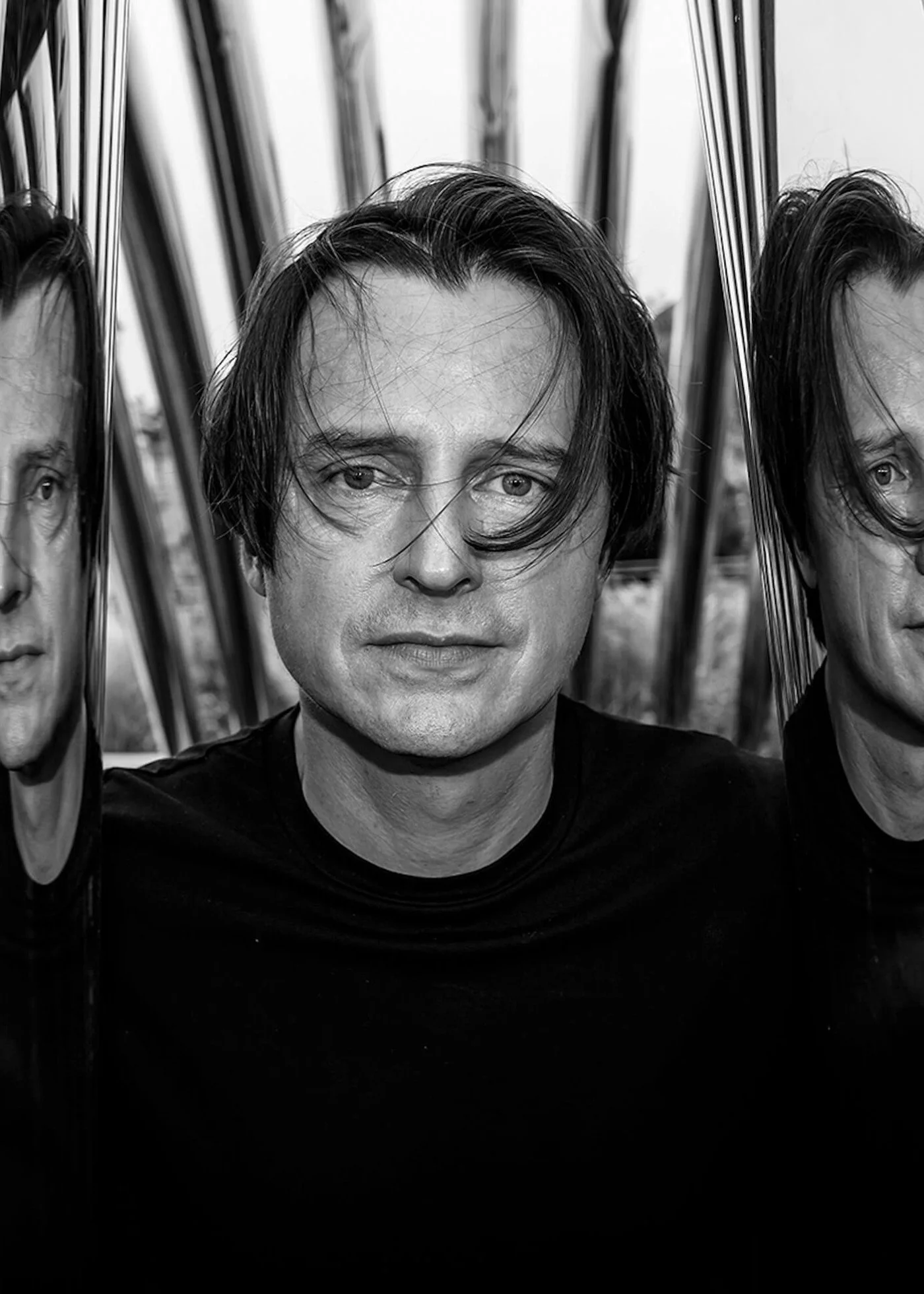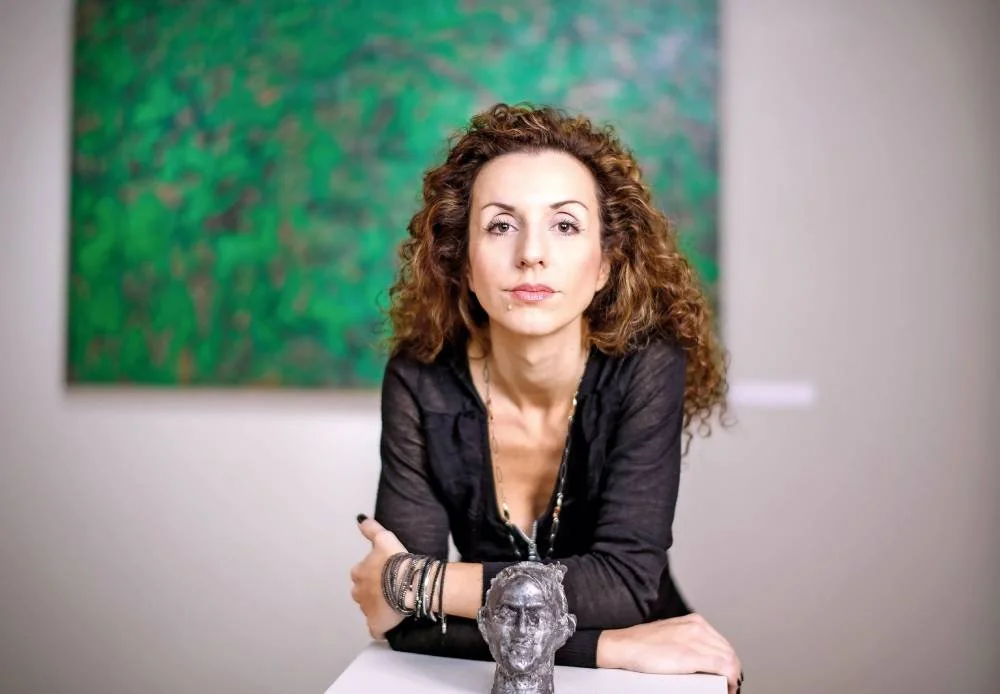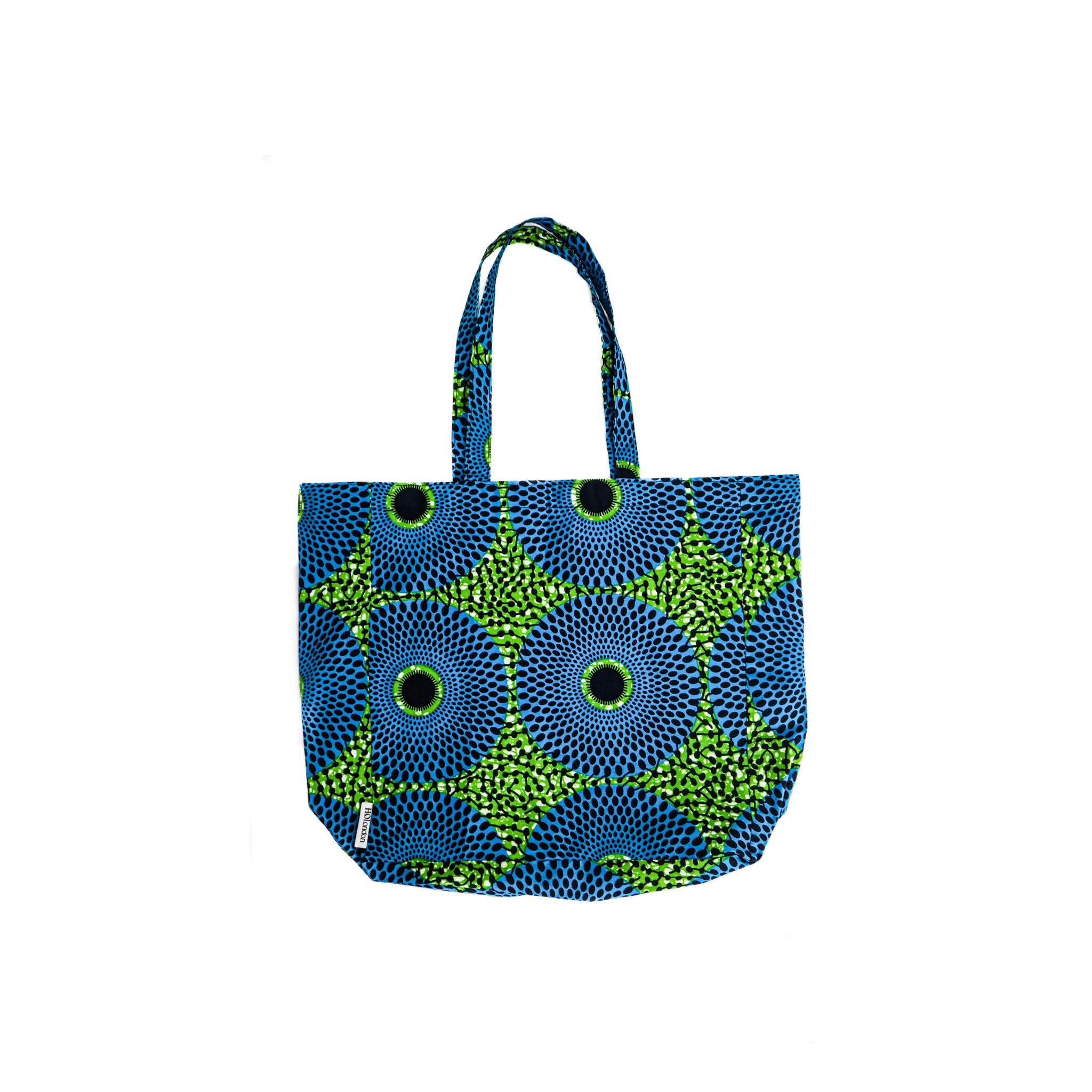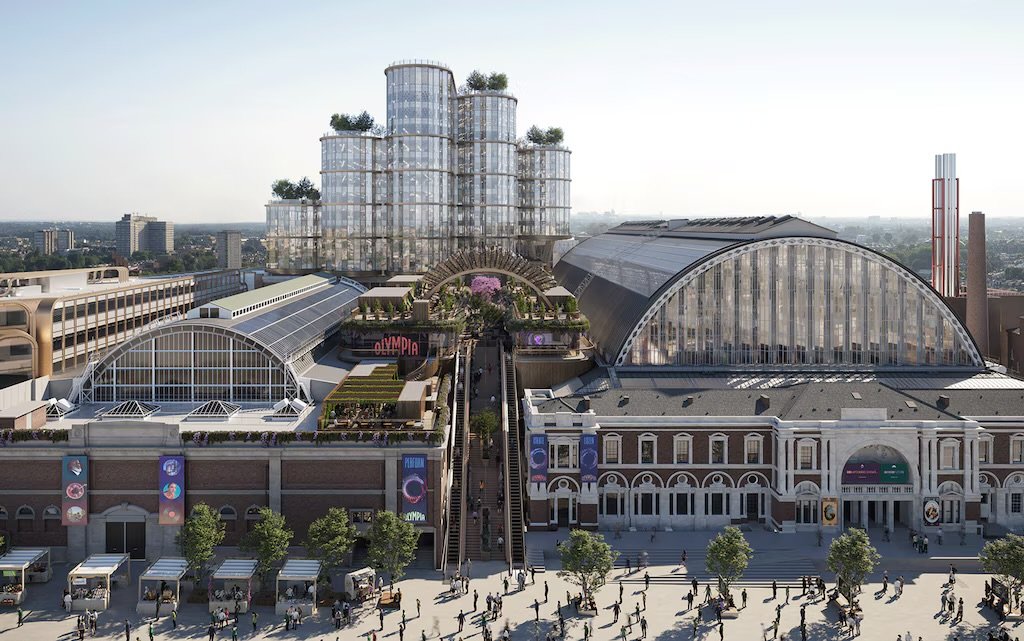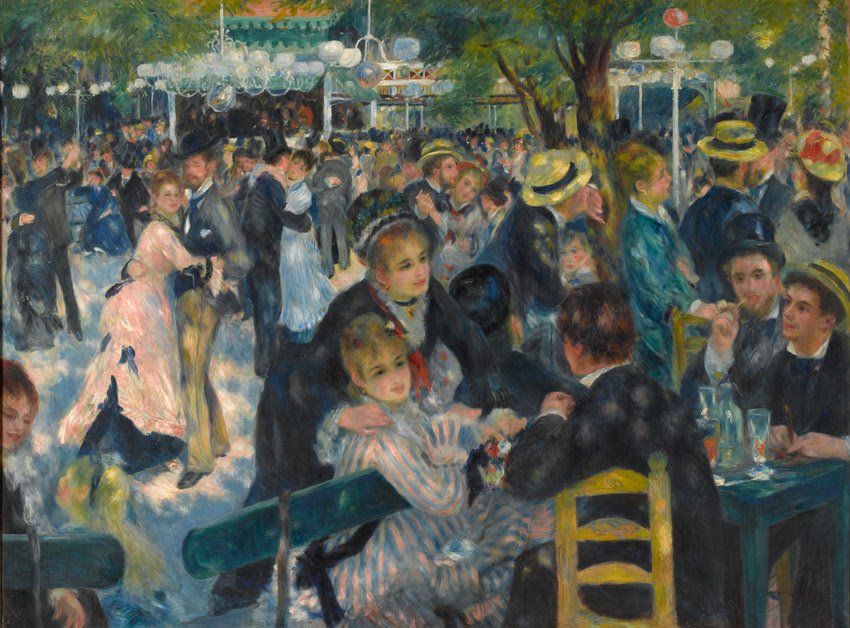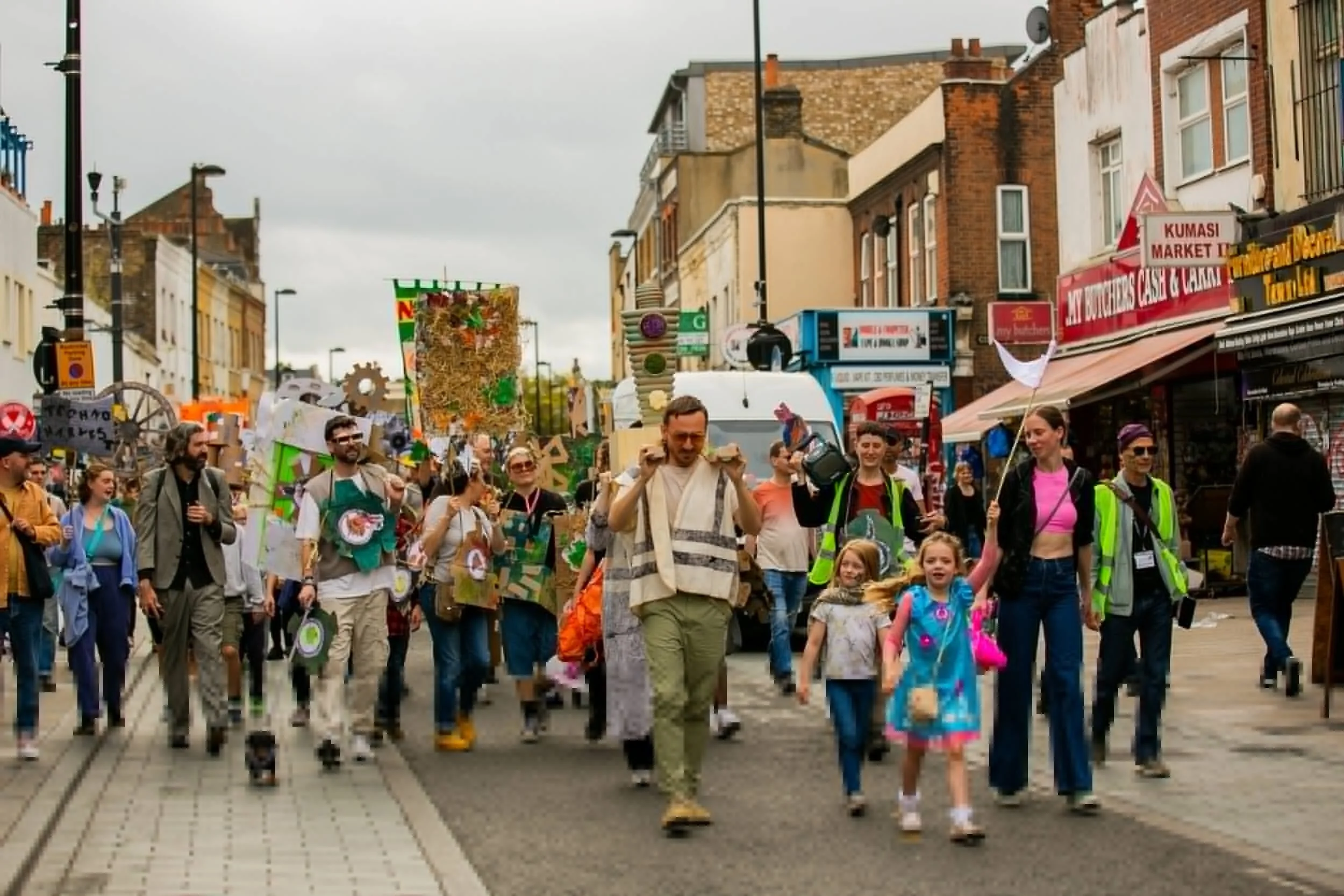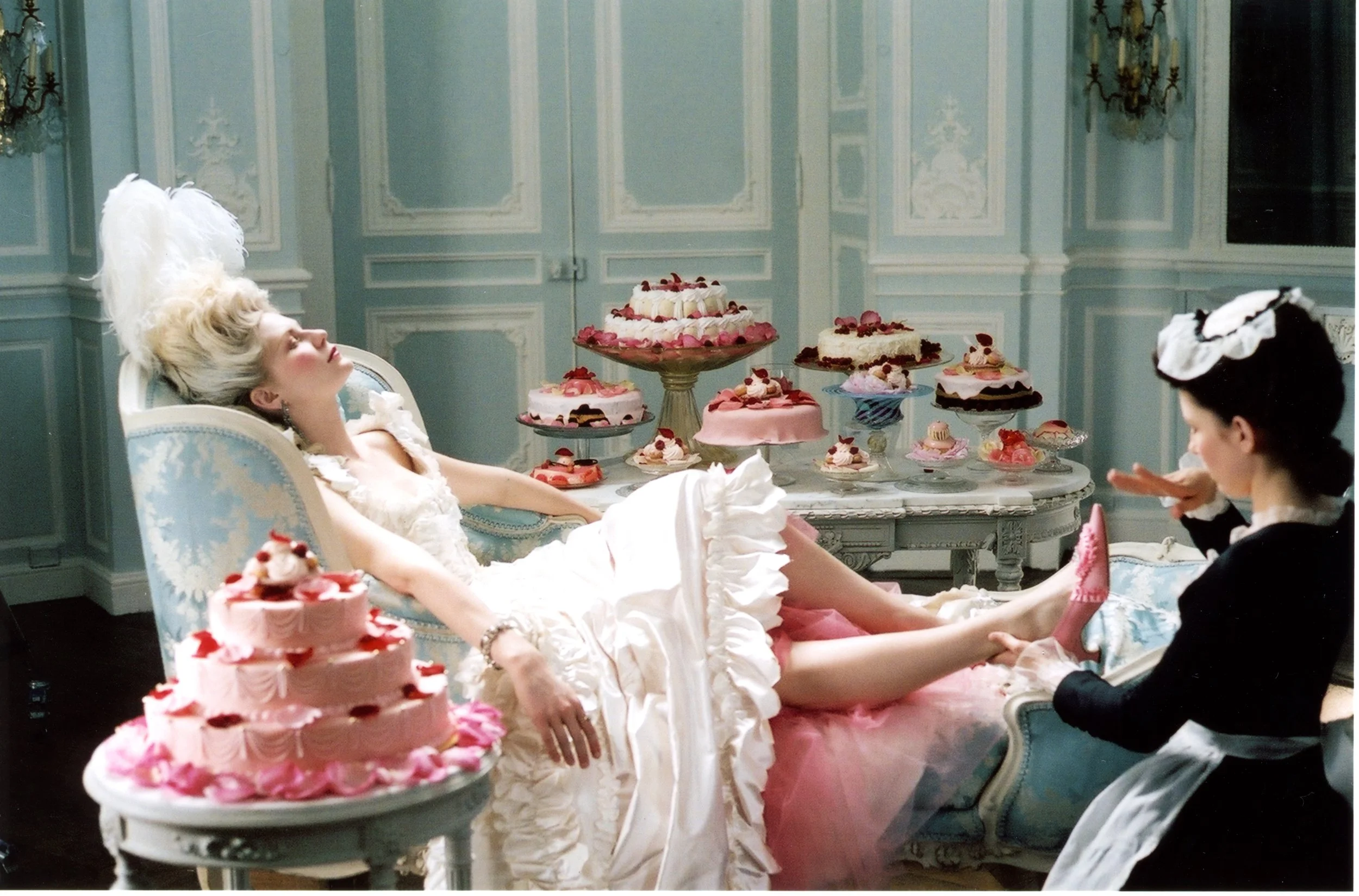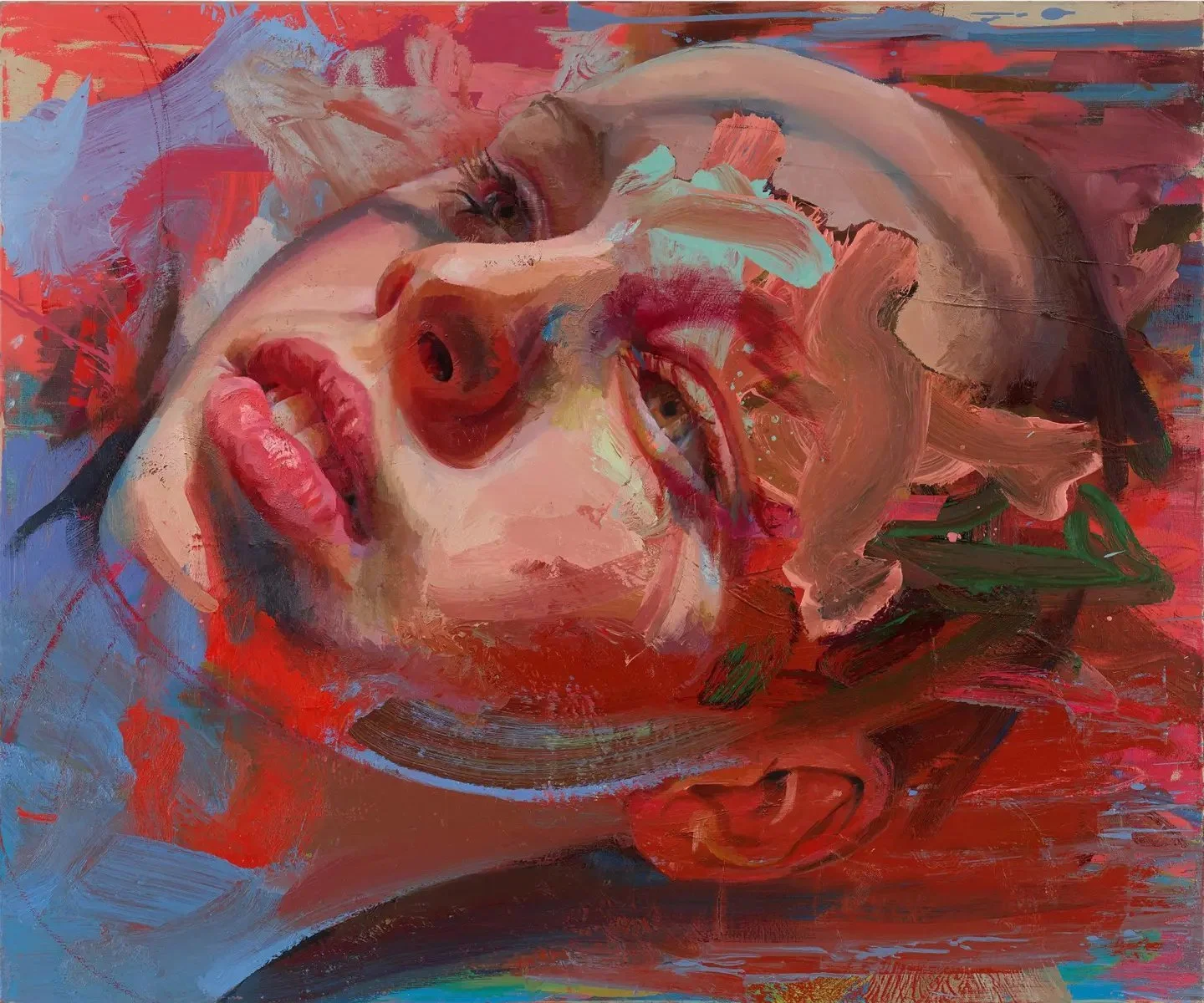In conversation with Lindokuhle Sobekwa
“The goal is to create a space where personal memory shifts into something more collective, where emotion serves as a connection to history, and where photography acts as both testimony and invitation.”
- Lindokuhle Sobekwa
Lindokuhle Sobekwa. Image credit Heather Shuker.
Lindokuhle Sobekwa is a South African photographer from Katlehong, Johannesburg. Since his first exhibition in 2013, his work on social issues and personal histories—such as his photo essay Nyaope—has gained international recognition. A member of Magnum Photos, Sobekwa was recently awarded the 2025 Deutsche Börse Photography Foundation Prize for his project I carry Her Photo with Me—a moving exploration of grief, family history, and disappearance, centred around the loss of his sister, Ziyanda.
Deutsche Börse Photography Foundation Prize 2025 is currently on view at The Photographers’ Gallery in London, running until 15 June 2025. In this interview, Sobekwa reflects on his creative journey, the emotional weight of personal storytelling, and the role photography can play in healing historical and familial wounds.Lindokuhle Sobekwa. The Photographers’ Gallery. Deutsche Börse Photography Foundation Prize 2025. Image credit Heather Shuker.
Can you tell us how you first got into photography and what drew you to it?
I was introduced to photography in 2012 through the Of Soul and Joy photographic program, which was introduced in my high school. I was one of the first 50 students to embark on the workshop. At first, I thought photography was photographing weddings, birthday parties, and other events. Learning and discovering the work of great South African photographers like Ernest Cole was a light bulb moment for me. I didn't know you could tell stories or express yourself through photography.
Having joined Magnum Photos as a nominee in 2018 and becoming a full member in 2022, how has being part of this collective influenced your perspective on documentary photography and your personal projects?
Joining Magnum Photos has been such a humbling and transformative experience for me! Being surrounded by an incredible group of photographers whose work I’ve admired for so long has really pushed me to think deeply about my own voice in documentary photography. The collective's amazing history of capturing not just monumental global events but also the intimate and often overlooked stories of everyday people really resonates with my own aspirations. Being part of this esteemed group has given me the confidence to dive deeper into my personal narrative like, I carry Her Photo with Me, that also reflects broader societal themes that shape our world in beautiful ways. Engaging with the diverse works of my fellow members has been such an eye-opener for me and has expanded my understanding of storytelling. I’m learning how to layer meaning into my images, and I aim to create visual poetry that feels authentic and true to my experience.
Lindokuhle Sobekwa, Makhulu in the field, 2018, 2018. © Lindokuhle Sobekwa.
Congratulations on winning the 2025 Deutsche Börse Photography Foundation Prize. What does this recognition mean to you personally and professionally, especially considering the deeply personal nature of I carry Her photo with Me?
Thank you. It is a tremendous honour to receive such a prestigious award. I am still processing it and truly find it hard to believe. I carry Her Photo with Me is a deeply personal project that explores themes of grief, memory, loss, and family history, all connected to South African history. To have this journey recognised on such a significant platform is both humbling and emotional. It means a great deal to me that something so personal can resonate with a wide audience. Professionally, this recognition serves as a great validation, affirming that contemporary photography can accommodate personal projects that touch upon larger societal issues. It also instills in me a sense of responsibility to continue telling stories that are personal yet address broader concerns.
The project began with a damaged family photograph of your sister, Ziyanda. Can you share how this discovery led to the creation of the photobook and what the process of assembling it was like for you emotionally?
I discovered a cutout of my sister Ziyanda's face in a family group photo tucked away in my mother's Bible. This cutout was meant for my sister's funeral and remained without a face until I found it in 2017. This moment brought back a flood of both joyful and sorrowful memories. By that time, I had developed a solid foundation in photography and was filled with unanswered questions at home. I decided to embark on a photographic journey to explore my sister's life, starting with the very photograph my mother had used in her search for her. I began by visiting places my sister had been, connecting with people she once knew, reflecting on shared memories, and observing the changes taking place at home. I also wanted to spend time with my mother, whose pain of losing her daughter I could only imagine. Creating the photobook was emotional in ways I hadn’t anticipated. It wasn’t just about taking new photographs; it was about confronting my pain, grappling with my guilt, and piecing together a story that was never fully told. I revisited the places she had been, spoke to people who once knew her, and sometimes simply wandered with my camera, hoping to feel her presence. There were moments of grief, but also moments of quiet connection, a sense that I was building a space where she could be remembered. Assembling the book felt like writing a letter to her one I knew she would never read, but one I needed to write. Every image, caption, and moment of silence on the page was chosen with care. It was a way of giving her a place in our story again, resisting the urge to erase her memory. For me, this process became a healing journey, not through resolution but through recognition.
Your work intertwines personal grief with broader themes of disappearance and societal trauma in South Africa. How do you navigate the balance between personal narrative and collective history in your storytelling?
For me, the personal and the collective are deeply intertwined, especially in a place like South Africa, where much of our history has been shaped by systemic violence, fragmentation, and unresolved trauma. When I began working on the story of my sister Ziyanda, I was confronting my own grief and guilt. However, I quickly realised that her disappearance echoed a much larger pattern of people who vanish from the record and are left out of official narratives, particularly Black individuals.
Navigating this balance requires an awareness of context and an understanding that my story is not isolated. It’s personal, yes, but it also reflects the legacies of apartheid violence, displacement, and the memories that many families carry. I aim to approach this work with care, grounding it in my own experience while leaving space for others to see themselves or someone they’ve lost within the images.
I am also aware of the importance of not speaking for anyone else’s pain. The goal is to create a space where personal memory shifts into something more collective, where emotion serves as a connection to history, and where photography acts as both testimony and invitation. It’s a delicate balance, but I believe that’s where the power of storytelling resides—in the space between what we remember and what we’ve been made to forget.
Installation view, I carry Her Photo with Me, Lindokuhle Sobekwa , Deutsche Börse Photography Foundation Prize, The Photographers’ Gallery. Image credit KElliot.
In your work, you address the lingering effects of apartheid and colonialism. How do you see photography functioning as a tool for healing and confronting these historical injustices within your community?
Photography, for me, is a way of remembering out loud, a way to say, "We were here, we felt this, we lost this." In a country like South Africa, where the legacies of apartheid and colonialism continue to influence daily life, photography can serve as a powerful tool to push back against silence and erasure. Many stories have been distorted or completely omitted from the official archives, and I view the camera as a means to reclaim those narratives by documenting not just what is visible but also by honouring what has been hidden, denied, or forgotten.
Within my community, photography serves as a form of witnessing, capturing not just pain but also resilience, beauty, and survival. It creates a space where people can see themselves reflected with dignity. I don’t believe photography can heal on its own, but I do think it can open doors. It can spark conversations that have never been held, inviting people to grieve, remember, and envision something beyond inherited trauma.
In my own work, particularly with I Carry Her Photo with Me, I have witnessed how images can embody both truth and tenderness. They confront the weight of history while still allowing space for healing. It’s not about providing easy answers; it’s about making room for what has long been unspoken and allowing that visibility to be the first step toward restoration.
Given that many South Africans have experienced similar stories of loss and disappearance, what conversations or reactions has I carry Her photo with Me sparked among your audience, both locally and internationally?
The response has been incredibly moving and at times overwhelming. In South Africa, many people have come up to me after exhibitions or talks to share their own stories of someone who went missing, or a relative who was silenced or erased in some way. There’s often this quiet understanding, a recognition that what happened to my sister is not just personal, but part of a broader pattern in our history. People have told me that the work gave them permission to remember, or to grieve something they hadn’t spoken about in years. That kind of connection is deeply meaningful to me.
Internationally, I’ve been surprised by how widely the themes resonate. Even in very different contexts, audiences respond to the universal aspects of the story: grief, guilt, loss, absence, and the need to search for answers. But I also think the work has helped spark conversations about how systems of violence and exclusion are global, even if they look different from place to place. It encourages people to think about who gets remembered and who gets forgotten and why.
What’s stayed with me most are the quiet, personal exchanges , people telling me, “This reminded me of my sister,” or “I lost someone too, and I’ve never had the words.” That’s when I feel the work is doing what it was meant to do: not to offer closure, but to open up space for dialogue, for memory, for connection.
With accolades like the Deutsche Börse Prize 2025 and the FNB Art Prize in 2023, what future projects or themes are you interested in exploring? How do you envision your work evolving in the coming years?
Receiving those awards has been an incredible affirmation, especially because so much of my work comes from a deeply personal place. However, it has also led me to reflect on what comes next and how to grow without losing the emotional core of my practice. I remain very interested in memory, loss, and the lingering impact of historical violence. Still, I’m beginning to examine how these themes manifest across generations, how trauma is inherited, and how younger people are carrying or resisting these burdens.
One idea I’m exploring is the concept of “Family trees.” In many ways, it builds on the work I started with I carry Her Photo with Me, but it looks more broadly, not only at my sister Ziyanda but also at the layers of memory within the entire family. There’s a sense of trying to piece together fragments, photographs, places, and stories, some of which have been lost or altered over time. The work will continue to be intimate but perhaps more layered, moving between the personal and the political, the visible and the invisible. I’m also interested in collaboration, especially with writers, historians, and community members, to broaden the work beyond my perspective and deepen its connection to place and memory. More than anything, I want the work to continue asking difficult questions and to remain rooted in care.
Family Tree isn’t just about my family; it’s about how many families, especially in South Africa cope with quiet forms of trauma shaped by history, poverty, and disconnection. This project aims to gently bring some of that into the light.
Lindokuhle Sobekwa, My mother at work, 2018. © Lindokuhle Sobekwa.
The [Quick] #FLODown:
Best life advice?
Umuntu ngumuntu ngabantu “A person is a person through other people”
Last song you listened to?
Brenda Fassie Jiva
Last book you read?
Jacob Dlamini Native Nostalgia
Can’t live without…?
Camera
What should the art world be more of and less of?
The art world should be more inclusive, vulnerable, honest, and caring, allow artists to create on their own terms, and be less rigid.
I carry Her Photo with Me by Lindokuhle Sobekwa is currently on view at The Photographers’ Gallery as part of the exhibition Deutsche Börse Photography Foundation Prize, running until 15 June 2025.
Instagram: @lindokuhle.sobekwa





